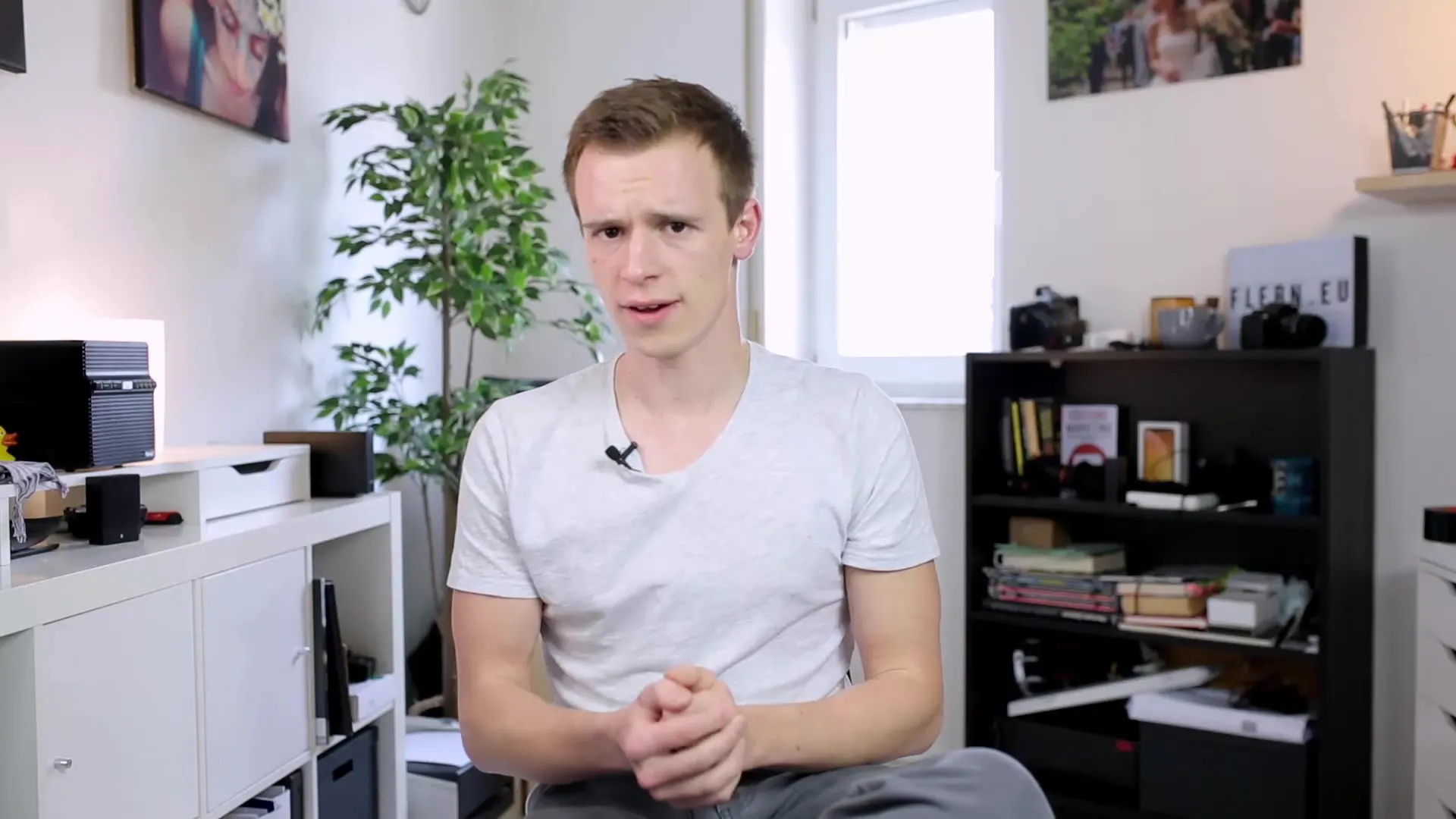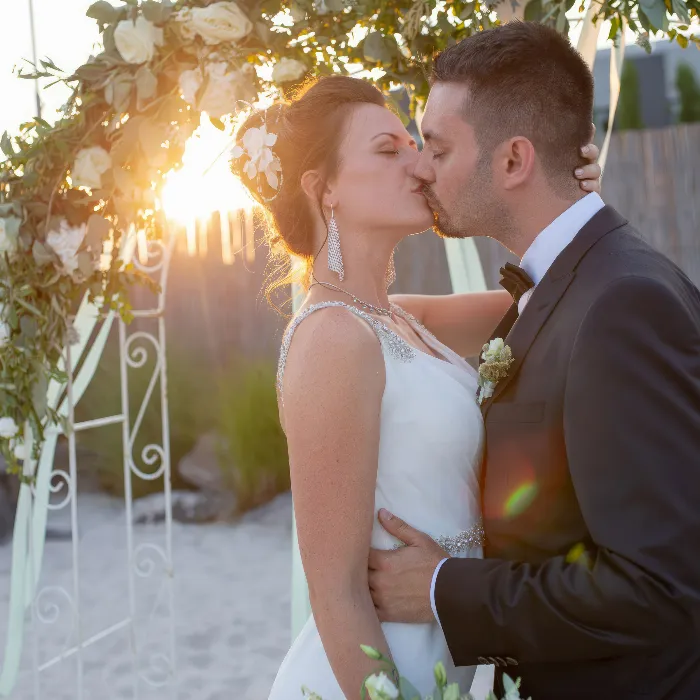It is a widespread misconception that as a photographer, one should accept every assignment to make ends meet financially. Perhaps you have been in a situation where you accepted a job solely based on the payment or the name, only to find out afterwards that both you and the bridal couple were unsatisfied. In this guide, I will show you why it is crucial to decline certain wedding assignments and how you can go about it to ensure both your satisfaction and that of your clients.
Key Insights
One of the central themes in wedding photography is the fit between you and the bridal couple. You should decline assignments when you realize that the couple's expectations do not align with your style or skills. A satisfied bridal couple receives exactly the images they desire – and if this is not possible, it is better to decline the assignment.
Step-by-Step Guide
1. Understand the Needs of Your Clients
Every bridal couple brings their own ideas and wishes to their big day. It is important to clarify these beforehand. Find out what the couple expects from you and whether you can meet those expectations. Communication can make all the difference. Often, it is advisable to have initial conversations in the form of a pre-consultation.

2. Establish a Clear Understanding of Your Style
Before applying for assignments or accepting bookings, you should develop your own photographic style. When you are comfortable with your style and set clear boundaries, you can decline assignments that do not align with your style. This gives you the freedom and confidence you need to do good work while maintaining your artistic integrity.
3. Prioritize Clear Communication
After the initial contact with the bridal couple, it is important to continue to openly communicate about your working methods and boundaries. Inform them about how you photograph and what they can expect. Misunderstandings often arise when expectations are not clearly articulated. Make sure your communication is transparent from the start.
4. Take Time for Personal Conversations
Seize every opportunity to get to know your clients personally. The more you know about their wishes and expectations, the better you can assess whether a collaboration makes sense for both parties. If there are signs of dissatisfaction or unrealistic expectations, do not hesitate to initiate a conversation early on.
5. Be Ready to Decline Assignments
Learn to decline assignments that do not align with your expectations. It can be difficult, but it is one of the most important skills a photographer can develop. You can always politely communicate that you are not the right choice for their needs and offer to recommend suitable colleagues. This demonstrates professionalism and respect towards both parties.
6. Showcase Your Portfolio
Present your portfolio to the bridal couple, representing the style they can expect. It is easier to decline assignments when it is clear what you do and do not do. Potential clients should be able to directly envision from your portfolio how their own images could look like.
7. Be Well-Prepared
Prepare for each pre-consultation by having your own ideas and limits clear in mind. Consider which questions you want to ask and which information is important to you to understand if the assignment fits you. Thorough preparation makes it easier for you to make the right decisions.
8. Keep the Conversation Going
Throughout the entire planning of a wedding, it is important to keep the conversation going. Real-time feedback can help prevent misunderstandings and ensure that both sides are on the same page. This applies to both the bridal shoot and the reportage.
9. Encourage Personal Involvement
By involving the bridal couple in the creative process, they create images with which they can identify. Ask them about their interests and preferences. This increases the likelihood that they will be satisfied with the end result.
10. Learn from experience
Every experience - whether good or bad - teaches you something about conducting your work. Analyze which jobs went perfectly and which ones did not. This way, you will get better at identifying customers you enjoy working with.
Summary
Deciding to turn down jobs in wedding photography can be difficult but is often the best choice for you and your clients. The art lies in recognizing the signals early, communicating openly, developing your own style, and making clear what you can and cannot do. This way, you ensure that both you and the bridal couple are happy in the end.
Frequently Asked Questions
How can I determine if a bridal couple is a good fit for me?By clarifying their wishes and expectations in the preliminary discussion and ensuring that they match your style.
How can I politely decline an offer?Explain kindly that you are not the right photographer for their vision and offer them alternative photographers.
What if I cannot afford to decline a job?Focus on the quality of your work. An unsatisfied customer can cost more in the long run than turning down a job.
What are signs that a customer will be dissatisfied?Unrealistic expectations, such as expecting you to mimic another photographer, or significantly different visions from your style.
How can I best communicate with my customers?Be open, honest, and transparent in your conversations about your working methods and associated responsibilities.


